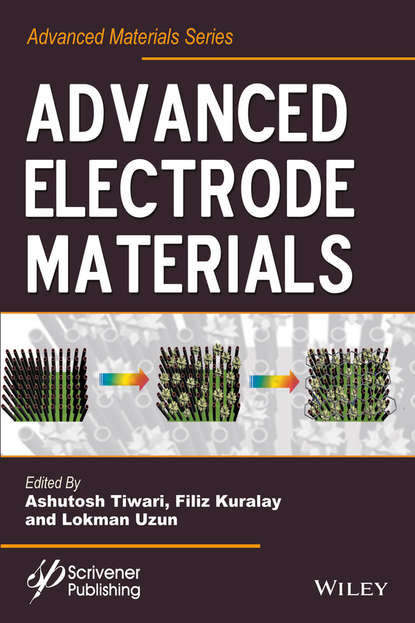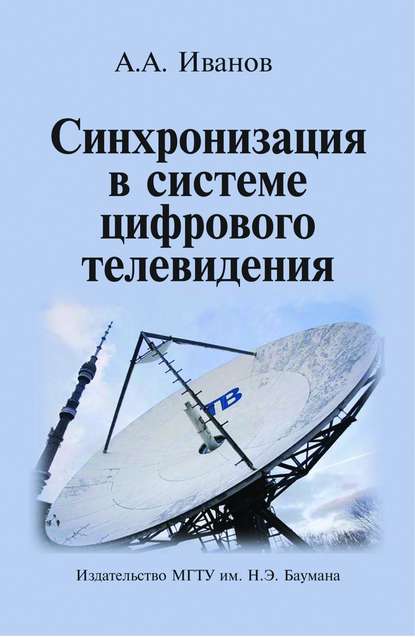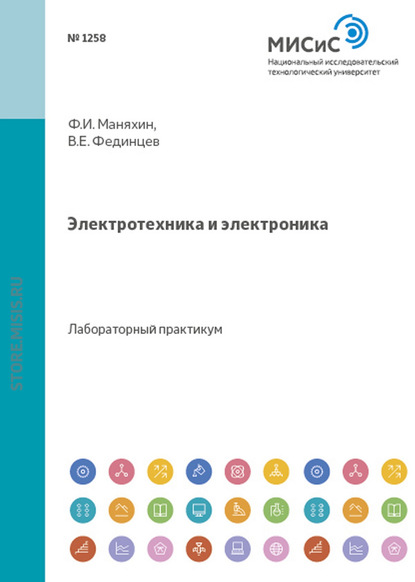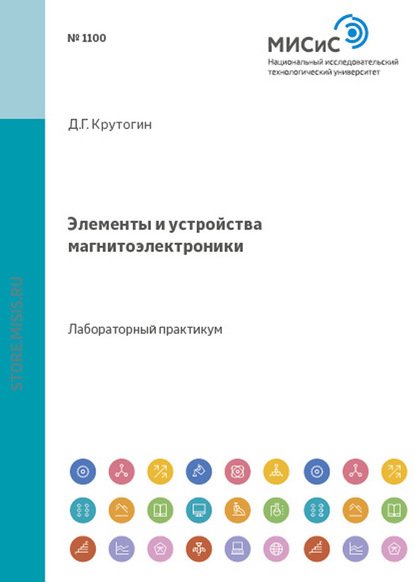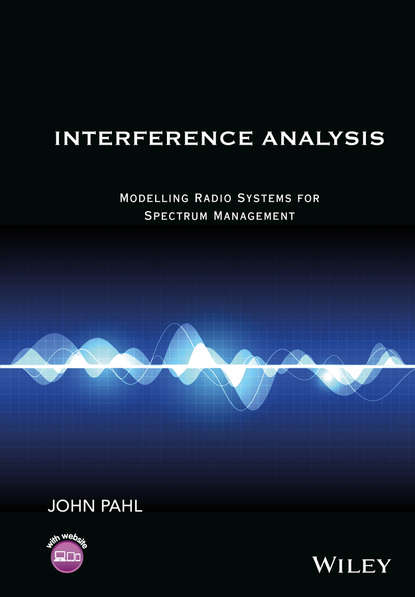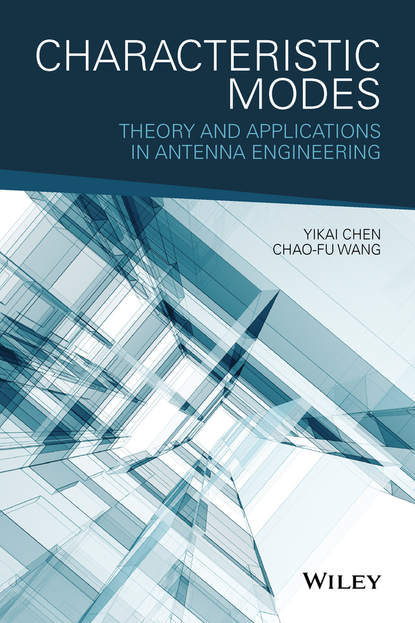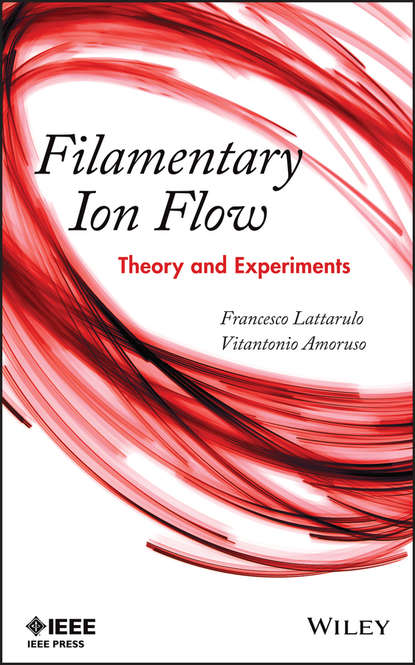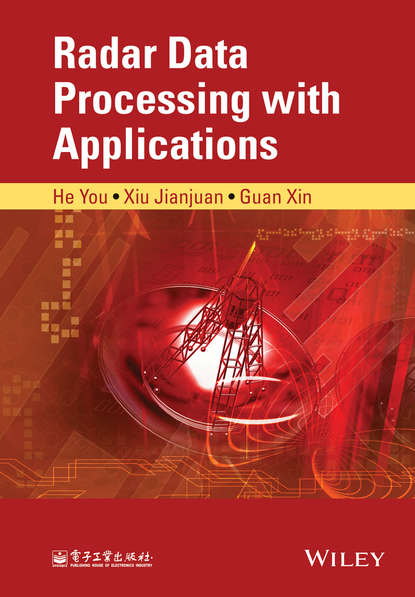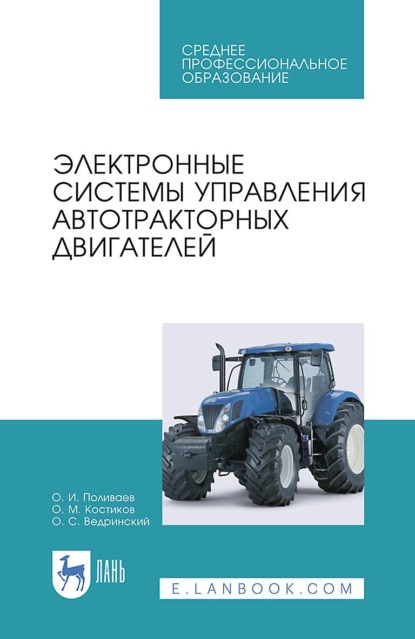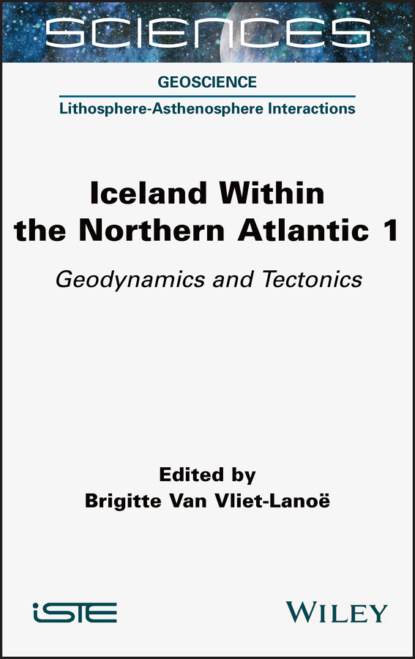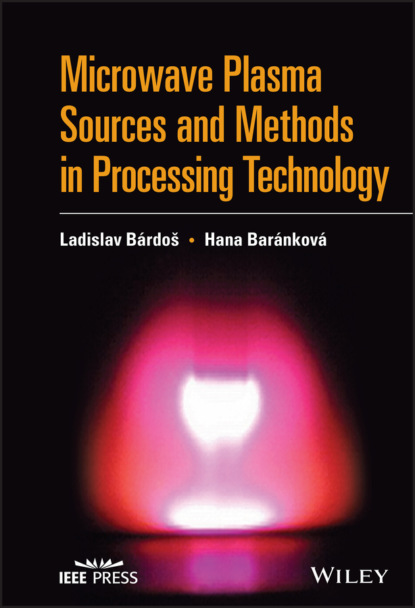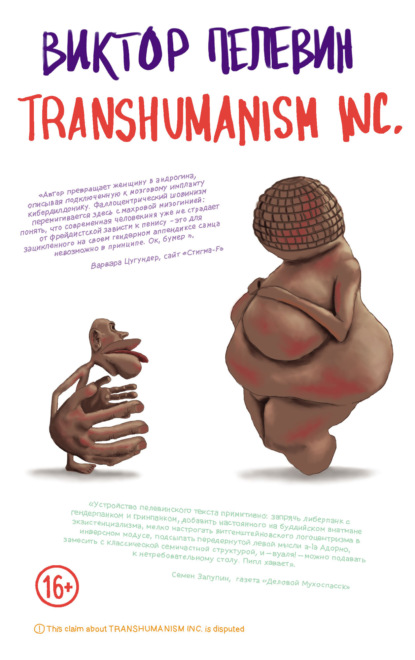Книга "Advanced Electrode Materials" охватывает последние достижения в области электродных материалов и их новых применений на пересечении современных материалов. Книга разделена на две части: Современные электродные материалы; и инженерия применения электродных материалов. Главы посвящены электрокатализу для преобразования энергии в свете бионанотехнологии; материалам без поверхностно-активных веществ и полиоксометалатам через концепции биосенсоров до возобновляемых источников энергии; мезопористым углероду, алмазам, проводящим полимерам и электродам на основе оксида вольфрама/проводящего полимера и гибридных систем. Рассматриваются различные подходы для литиевых батарей, топливных элементов, проектирования и конструкции анодов для микробных топливных элементов, включая электроды с полифосфатными полианионами, электрокаталитические материалы, реакции топливных элементов, гибридные нанокомпозиты на основе проводящих полимеров и передовые наноматериалы.
This book covers all aspects of recent revolution in the emerging field of electrode materials for their novel applications across different industry domains, viz. electronics, renewable energy, electronic implants, sensors, bio-medical devices and telecommunication, to name a few. This book includes recent developments in advanced functional materials used as electrodes in various electrochemical devices. It also comprehensively reviews their advantages over the conventional electrode materials as well as possible shortcomings and challenges. Chapters on the later topics mainly focus on different emerging and futuristic industries coupled with the potential applications and performance improvements of these remarkable materials that can drive numerous green and highly efficient technologies across the globe.
Электронная Книга «Advanced Electrode Materials» написана автором Группа авторов в году.
Минимальный возраст читателя: 0
Язык: Английский
ISBN: 9781119242857
Описание книги от Группа авторов
This book covers the recent advances in electrode materials and their novel applications at the cross-section of advanced materials. The book is divided into two sections: State-of-the-art electrode materials; and engineering of applied electrode materials. The chapters deal with electrocatalysis for energy conversion in view of bionanotechnology; surfactant-free materials and polyoxometalates through the concepts of biosensors to renewable energy applications; mesoporous carbon, diamond, conducting polymers and tungsten oxide/conducting polymer-based electrodes and hybrid systems. Numerous approaches are reviewed for lithium batteries, fuel cells, the design and construction of anode for microbial fuel cells including phosphate polyanion electrodes, electrocatalytic materials, fuel cell reactions, conducting polymer based hybrid nanocomposites and advanced nanomaterials.
